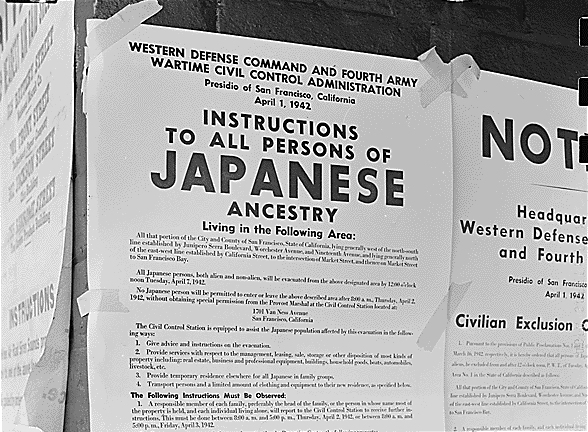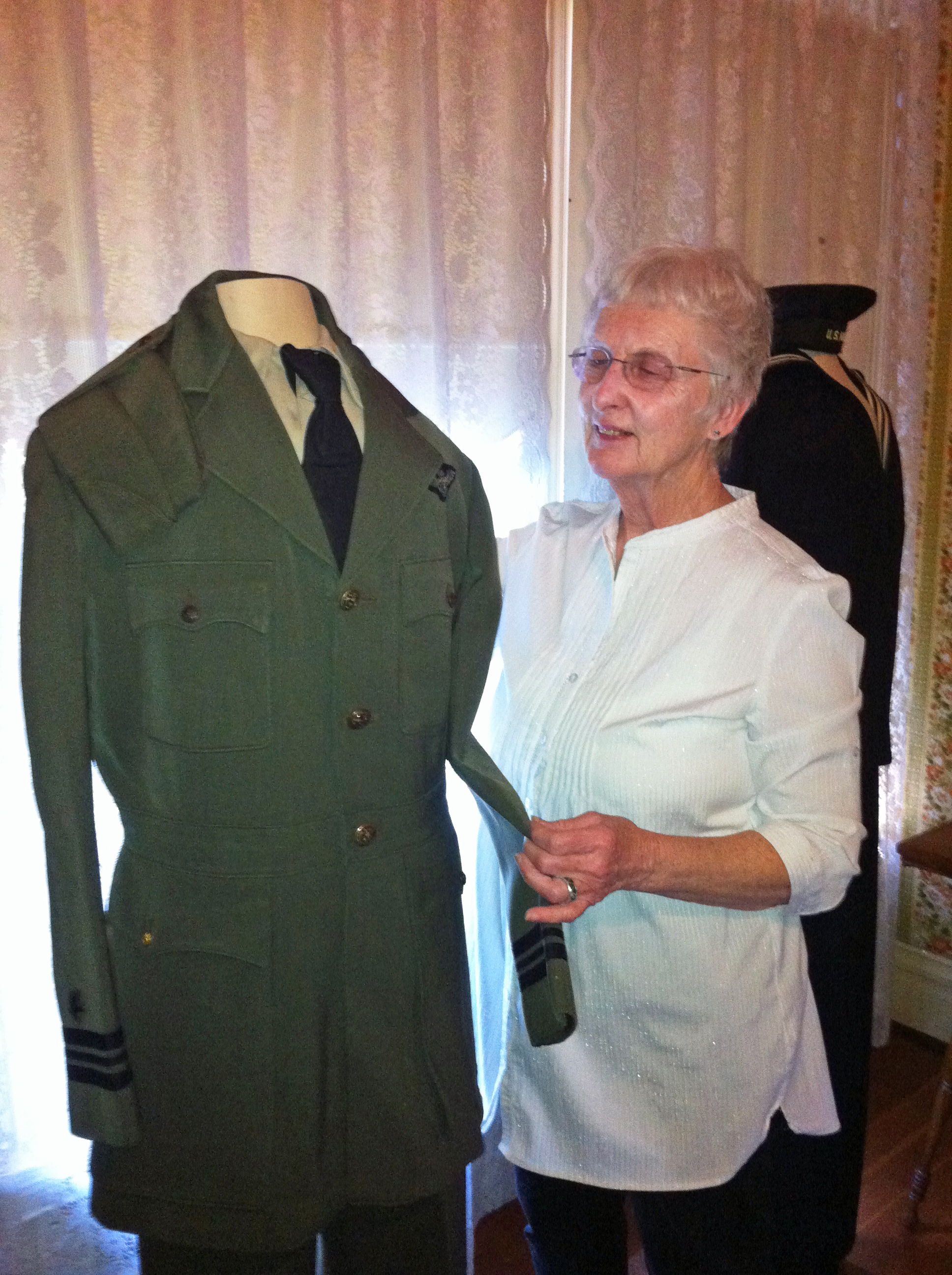Goleta History Event Opens Windows on Past
A Yearlong WWII Exhibit and Lecture Series Will Debut on February 19

This month marks the 70th anniversary of the wartime shelling of the Ellwood oil fields by a large Japanese submarine, and the Goleta Valley Historical Society is seizing the occasion to show that local history reverberates through the decades. A yearlong exhibition in the GVHS’s History Education Center behind Stow House will be unveiled on February 19. A public lecture series is planned for the following months.

Education Coordinator Jim McNay and his team of volunteers searched for months to find World War II era uniforms and civilian clothes in which to dress mannequins inside the Stow House. Blowups of 1942 newspaper and magazine photos and articles will join cannon shell fragments, many loaned by private collectors, as part of the atmosphere.
The hunt for other artifacts from the event and the time period will continue throughout the exhibit’s run, said McNay.
Ken Hough, a PhD candidate in history at UC Santa Barbara, kicks off the February 19 opening by summarizing his investigation into the shelling and its aftermath. Seating is limited and a repeat performance may be scheduled; call (805) 681-7216 for more information.
Details and contradictions attract Hough, but he is also aware of the larger picture. “Ellwood was not a turning point in World War II, but for a blink of an eye, this place made world news,” he noted.
It sure stirred up the already nervous residents of the South Coast. Hough reported that local people turned to raising funds for the war effort, specifically to buy a fighter plane they proposed to name “The Ellwood Avenger.” He said they were quickly successful, and the U.S. Army Air Corps accepted the warplane.

This type of public response suggests the mix of fear and outrage then gripping Californians.
Before the February 23 shelling, strong emotional currents were in play in Sacramento and Washington D.C., sometimes drawing on the long history of West Coast anti-Asian racist feelings and stereotypes. Cries for the evacuation of “enemy aliens” from the West Coast were heard from private individuals and public officials, including California’s entire congressional delegation.
Four days before the sub’s cannonade, President Franklin D. Roosevelt signed an executive order that allowed military commanders to remove residents from restricted military zones along the Pacific Coast. EO 9066 launched a national internment program that, with supporting legislation and court orders, was primarily used against 120,000 persons of Japanese ancestry.
The same issue of Life magazine that reported the Ellwood shelling also contained an article on the president signing 9066, McNay observed.
Two-thirds of the people interned were American citizens. Among them were Kenji and Miye Ota, who were born in Lompoc and Oso Flaco, respectively. Today they are widely known in Goleta as instructors par excellence of dance and aikido martial arts who, for more than a half-century, have instilled grace and confidence into generations of youth.
But in the dark days of 1942, they and their families were considered potential spies or saboteurs, and they were sent without a hearing to the high desert camp at Gila River, Arizona. There they lived for the next few years.

The Otas don’t dwell on the camp’s hardships, preferring to recall their meeting and subsequent courtship in that sand-scoured, treeless place the government had confiscated from the Gila River Indian tribe. Eventually, Ken and Miye were released and made it to Philadelphia, where they married, and Miye established a home-based beauty salon. In those years few jobs were available to people of Japanese ancestry, she recalled.
In 1948 they resettled in the Goleta Valley and made a new start with their newborn son, Steve, and Miye’s home beauty business. When he could, Ken worked as a machinist. As in Philadelphia, locals patronized the salon and as word spread the clientele grew.
“They liked my work,” Miye said, citing a who’s-who of Goleta farm and ranching families that regularly visited their modest Old Town home. These included the Sextons, the Cavalettos, and the Hollisters. Slowly the Otas’ lives resumed familiar patterns.
They expanded into teaching ballroom dance and some martial arts, primarily aikido. Ken won a number of competitive dance honors, including becoming the first man in Southern California to win an international championship, Miye said. At an advanced age they still conduct dance classes, though their son took over the aikido training some time ago.
Goleta Valley Historical Society Director Amanda De Lucia has said this commemoration will “explore the ramifications of (the shelling) for our community and country.” She added that the society’s oral history project would also welcome residents with stories they wish to share. Recognizing the 1942 event’s deeper connections, like those in the Otas’ story, has an important place in local history and will hopefully be a focus of more than one talk.



